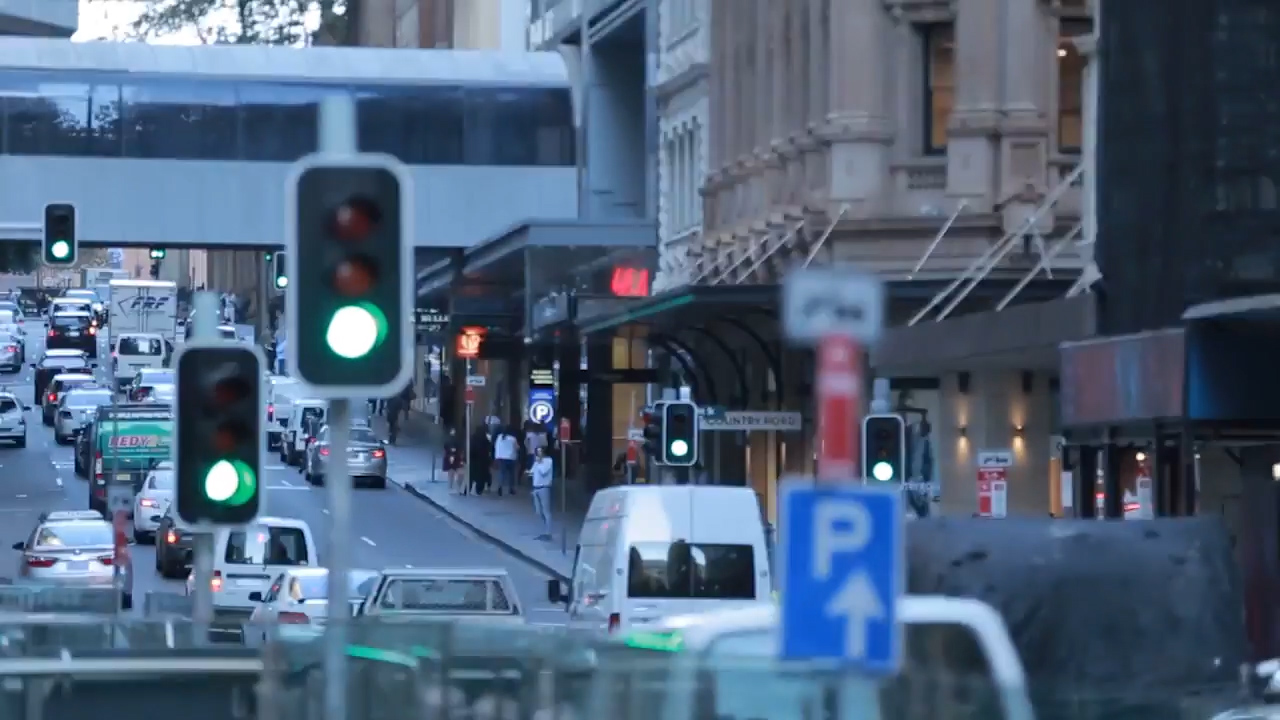According to the ACCC, Drivers feeling the pinch of high petrol prices should use price cycle information and fuel price websites and apps to shop around, as petrol prices in some cities reached their highest levels in almost four years in May.
Average petrol prices in Australia’s five largest cities (Sydney, Melbourne, Brisbane, Adelaide and Perth) remained broadly stable in the March quarter 2018, according to the ACCC’s latest quarterly petrol report, released today.
However since April, growing concerns about risks to global crude oil supplies have caused international oil prices, and local retail petrol prices, to jump dramatically, peaking in May.
“Consumers have recently been paying around $1.60 for petrol. These prices are higher than any time since mid-2014 in some cities,” ACCC Chairman Rod Sims said.
“Unfortunately, the international factors pushing up wholesale petrol prices mean that these higher prices are being passed on to Australian motorists at the petrol bowser.”
The ACCC reports the increase in retail petrol prices since the March quarter 2018 has been influenced by a number of factors, including the agreements in late-2016 by the Organisation of Petroleum Exporting Countries (OPEC) cartel and some other producing countries to cut crude oil production.
This has been compounded by recent concerns about risks to international crude oil supplies including: a potentially spreading conflict in the Middle East; renewed US sanctions against Iran; and falling crude oil output due to the political and economic crisis in Venezuela.
“With prices reaching four-year highs, it’s more important than ever that consumers who can, take advantage of the fuel websites and apps freely available to find the cheapest petrol prices in their area,” Mr Sims said.
“For example, yesterday lunchtime, the available fuel websites and apps indicated that the range between the highest and lowest priced sites was over 20 cents per litre (cpl) in Sydney and Adelaide, around 15 cpl in Brisbane and Perth and around 10 cpl in Melbourne.”
“While consumers cannot do much about rising international prices, they can shop around to find their lowest local price. Our first industry report showed that retailers’ prices are not the same—retailers do price differently and have different strategies to get you to fill up with them.”
The March quarter report noted that a couple of fuel price data providers announced high consumer use of their services in the quarter. In January, the Western Australian Government announced that in December 2017 the FuelWatch website reached a record of over a million hits, which was the highest number of monthly hits since its inception in 2001.
In March, 7-Eleven announced that over one million people had downloaded its fuel app since its launch in 2016.
“There are plenty of apps consumers can download for free that tell them where the cheapest petrol is in their area. We encourage consumers to use these apps, along with the analysis and reports about fuel prices, to shop around and find the best deals,” Mr Sims said.
The March quarter report also found that average gross retail margins in the five largest cities in the March quarter 2018 were 12.4 cents per litre (cpl), a decrease of 1.8 cpl from the previous quarter. However, they remain 4.4 cpl above their real long-term average since the ACCC began monitoring them in the September quarter 2002 (8.0 cpl).
Petrol prices in Brisbane remained the highest of the five largest cities in the March quarter 2018. The quarterly average retail petrol price in Brisbane was 138.2 cpl, which was 3.4 cpl higher than the average across the other four largest cities.

